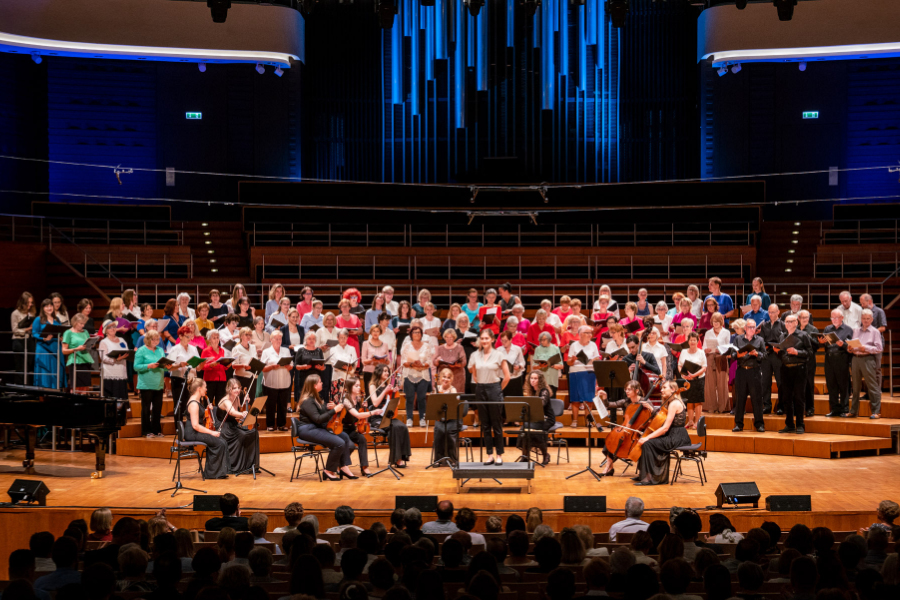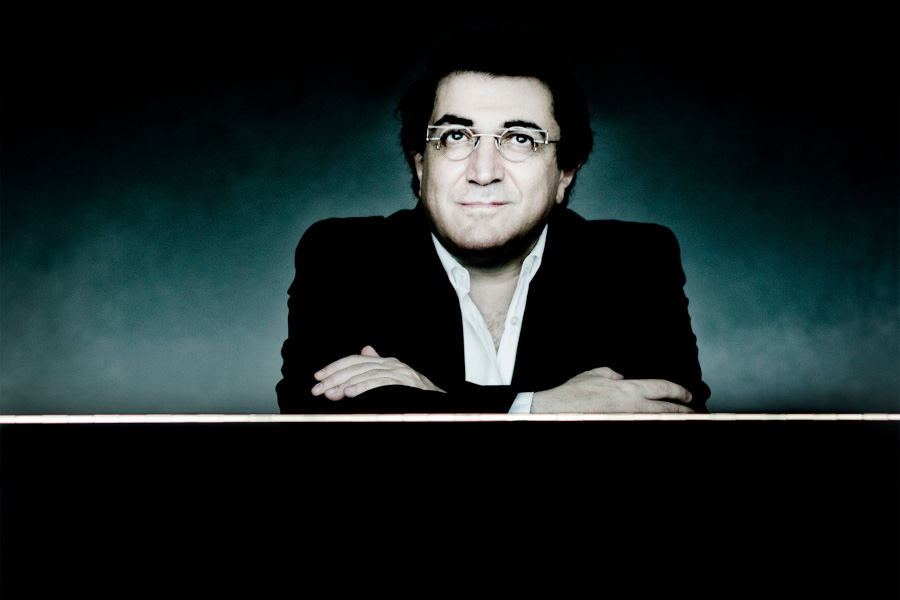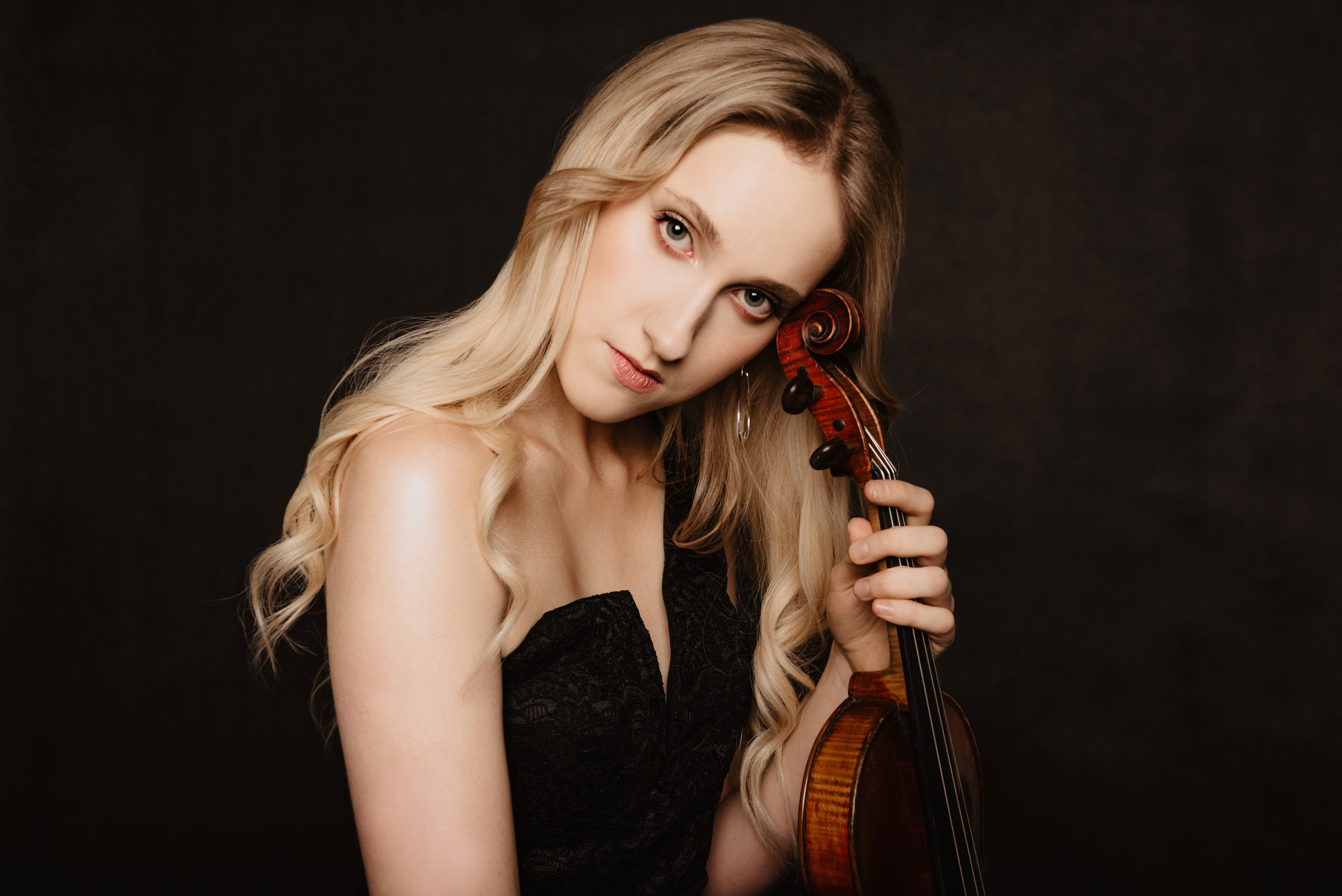Marin Marais & Antoine Forqueray
The debut album of gambist Julia Karpeta. The album contains sublime French baroque music, in which the artist is accompanied on the recording by: theorbo player Anton Birula, gambist Krzysztof Karpeta and harpsichordists Marta Niedźwiecka and Maurycy Raczyński.
Album premiere: 13.09.2019
Publishers: National Forum of Music, CD Accord
Performers: Julia Karpeta, Anton Birula, Marta Niedźwiecka, Krzysztof Karpeta, Maurycy Raczyński
Born in Paris, Marin Marais learned to play his instrument with Sainte-Colombe himself and explored the secrets of composition with Lully. (...) Marais’ compositions included on this recording come from three different collections. In each case, in accordance with the performance practice of the time, the final shape of the piece was decided by the musicians themselves, choosing both the movements and the line-up of the continuo parts. Chronologically, the oldest of the compositions presented on the album is the Suite in D major from the third book of Pièces de viole (1711). Its style can be described as conservative, rooted in the musical language of Lully's operas in terms of textural and harmonic solutions. The selection of movements proposed by the performers is also a nod to tradition – the central core is formed by the ‘classic’ four dances (allemande, courante, sarabande, gigue), complemented by a slow introduction (Prélude), a Fantaisie with somewhat Italian-style figuration, the nostalgic Plainte, the airy Rondeau and an extended Chaconne. The musicians interpreted the Suite in A minor from the fourth book of Pièces de viole (1717) differently, focusing on parts with a light and rustic character – the danceable Gavotte and Musettes and a lively miniature with the suggestive title La Sautillante, among others – while the entire piece opens with the expressive Prélude, full of dissonant harmonies. In turn, the Suite in A minor from the fifth book of Pièces de viole (1725) contains fragments of sublime and melancholic character. The solemn Prélude that begins the composition, full of rhetorical leaps and numerous dissonances, brings to mind an opera récitative or a solemn, funereal tombeau. The short and airy Allemande la Facile (‘easy’) that comes next leads to the Sarabande, characterised by noble pathos. The ambiance of sadness and reflection returns in the miniature La Mariée (“the married woman”), a pair of minuets and the closing Rondeau. A kind of counterpoint to Marais subtle compositions comes in the form of the three Forqueray miniatures presented on the album. According to the lawyer and gambist Hubert le Blanc (dates unknown), their dynamic style reflected the extrovert character of this composer. (...) The first of the recorded works – the miniature La Couperin – is a musical portrait of one of the members of the famous family of musicians. (...) There are no doubts in the case of the second miniature La Leclair, which clearly refers to the musical style of one of the greatest French violinists of the first half of the 18th century, Jean-Marie Leclair (1697–1764), who was also an excellent dancer. The third miniature presented, La Buisson, is the most mysterious. On the one hand, its form directly refers to the style of monumental operatic chaconnes, while on the other hand, the composer gave it a title that is difficult to interpret unambiguously, given that it translates as “a bush”. Whether it refers to fragments containing unusual types of figurations, like thorns irritating the ears of contemporary listeners, or to the person Pierre Buisson (the composer’s brother-in-law and also a witness at the wedding of his son with Marie Roze Dubois) is difficult to determine clearly today.
Marek Nahajowski












